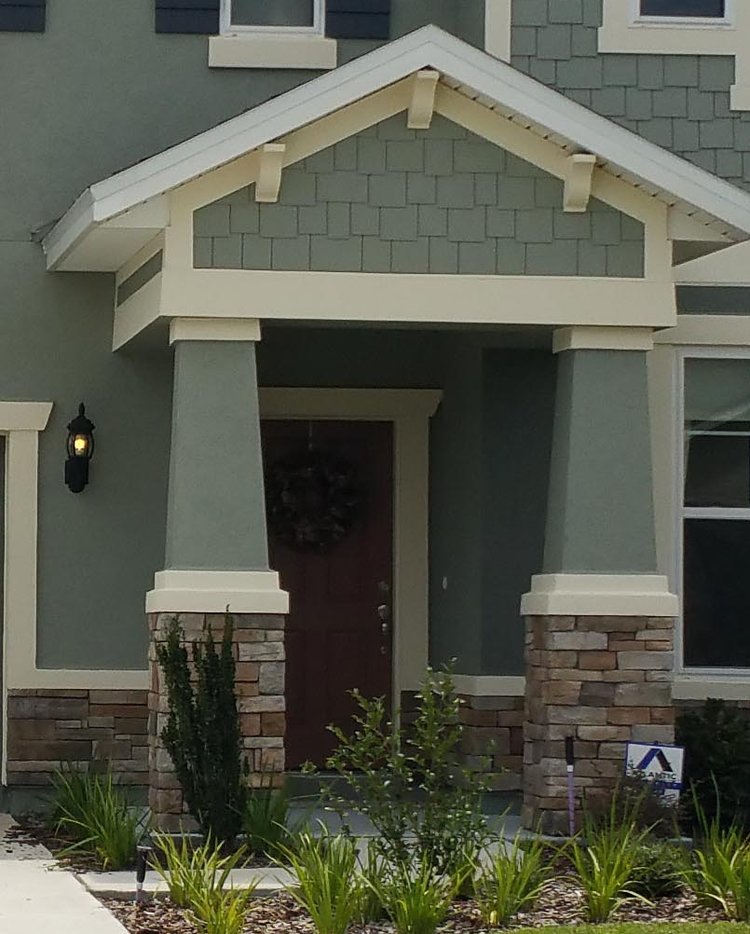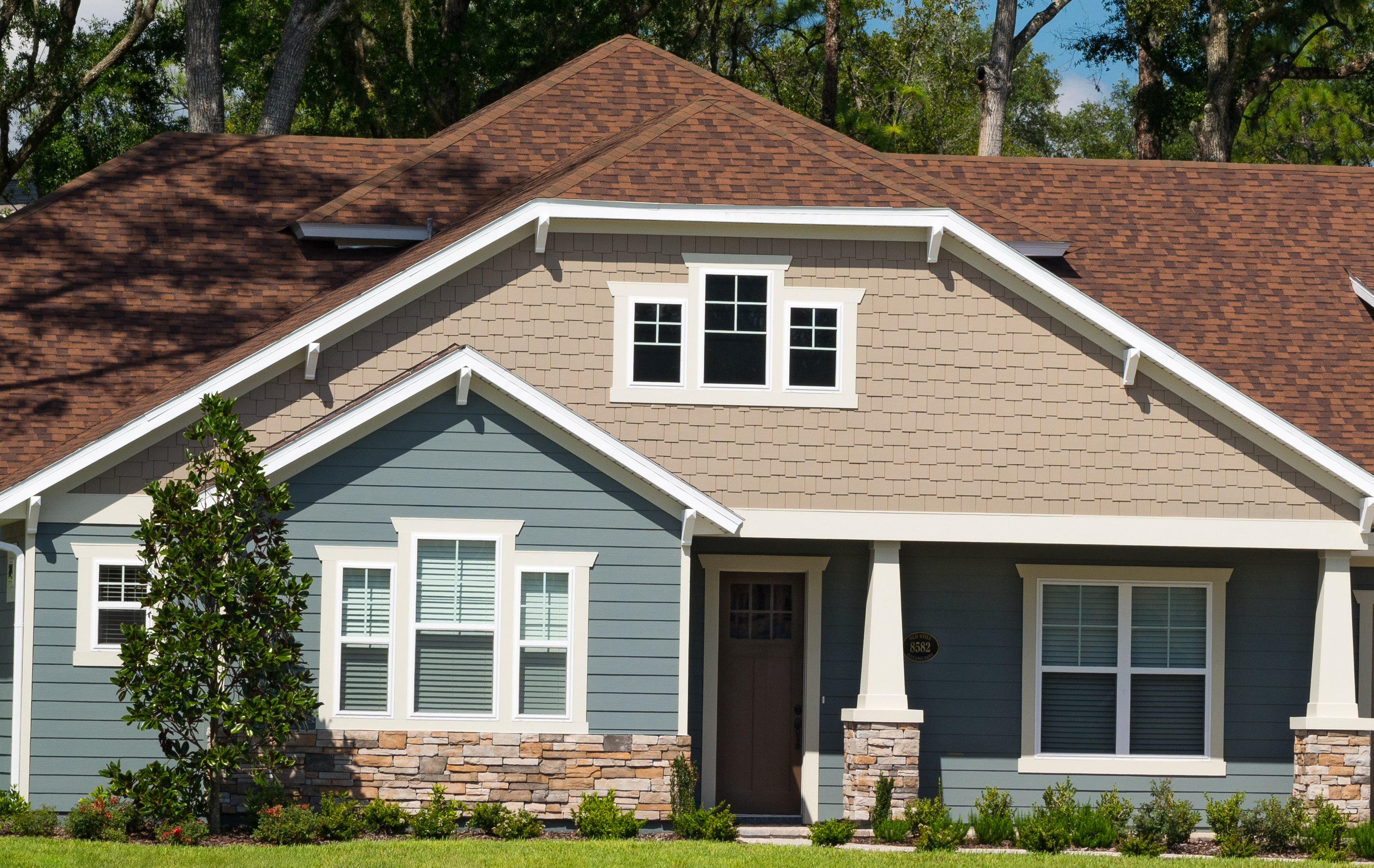Color selection is one of the most important aspects of design. It is also one of the easiest things to go wrong. Here are some common mistakes to avoid when picking colors for your home.
Always look at colors in the location they will be used. Because color is merely the reflection of light, different types of light affect the way the color will reflect it. This is particularly important when selecting exterior colors. Incandescent lights are yellow, while fluorescent and LCD lights are blue. This will alter the way the color is perceived. Additionally, LCDs do not cast shadows, if you are selecting colors to be used on the interior, be warned!
Include Cool and Warm Colors
An ideal color palette will include both cool and warm colors, with enough contrast to create a hierarchy. If the main body is a cool neutral, the second body used to highlight an architectural feature can be a deeper color that is still in the cool family, and then liven the palette with a warm pop of color, think a light cool blue house with warm brown shutters.
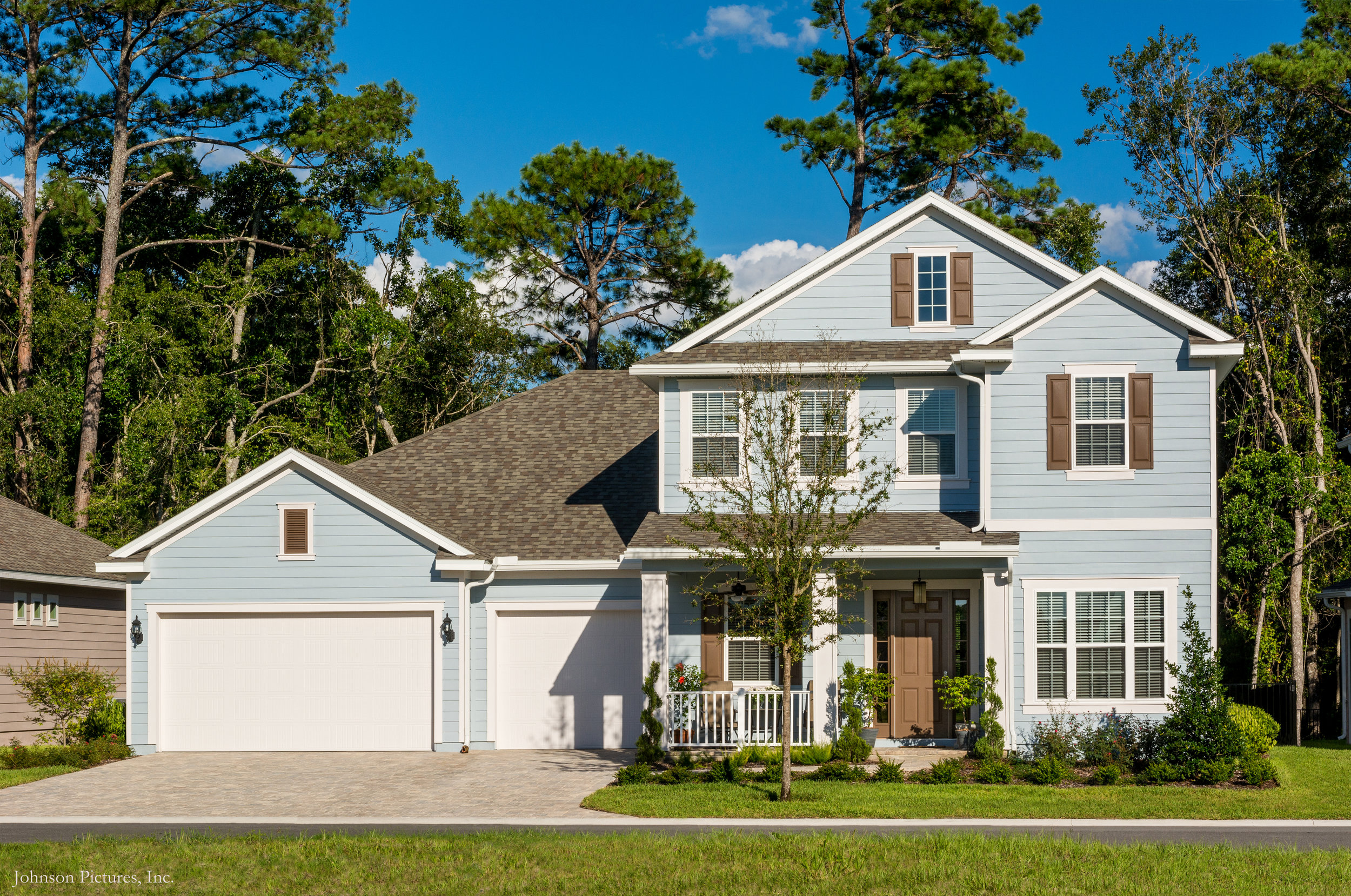 Create Depth With Transitions
Create Depth With Transitions
Where you transition from one color to another is also important. Never end a color on an outside corner. This makes the home look two dimensional. Wrap the color, transitioning on an inside corner or at a corner board to create a termination point.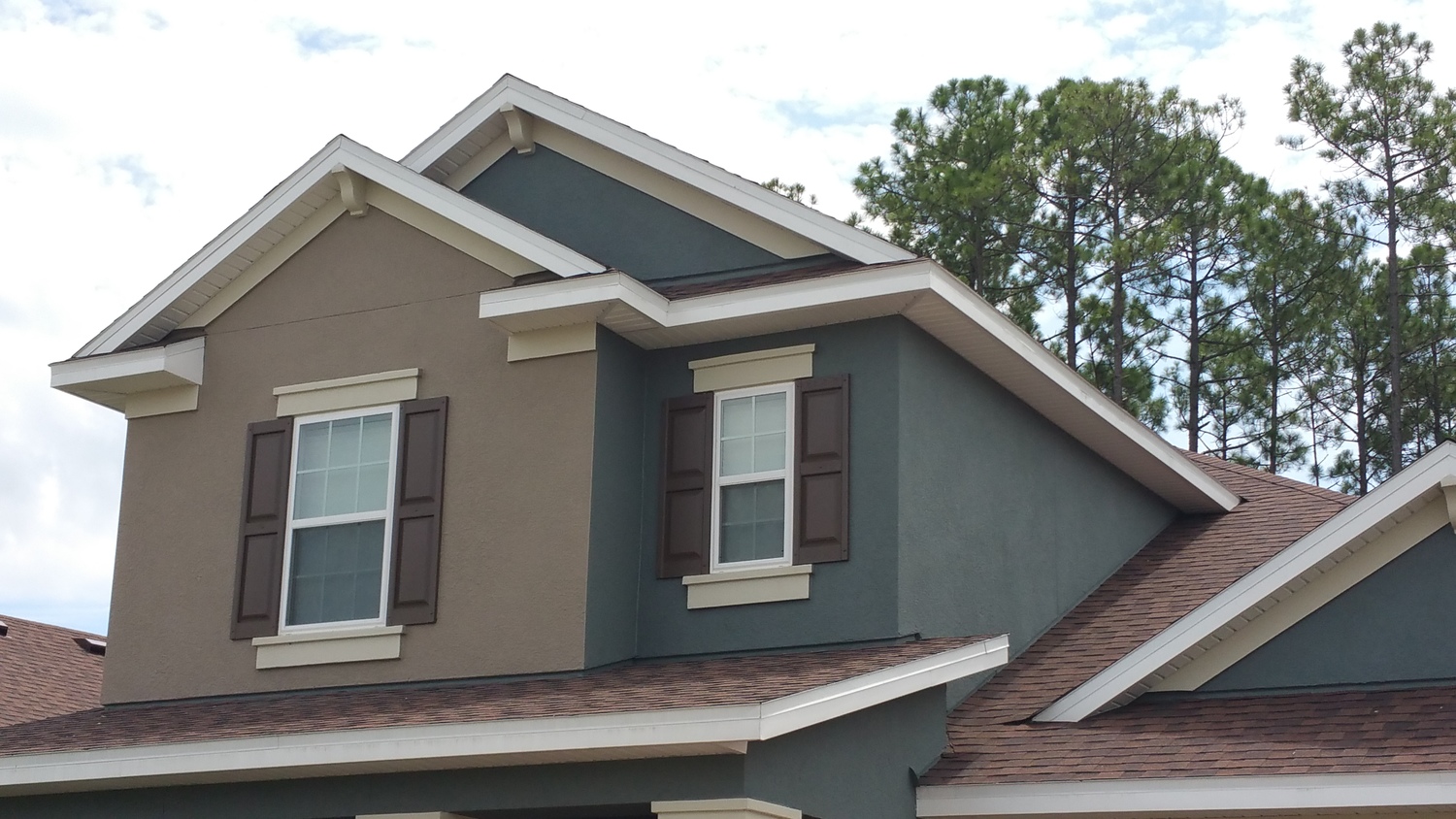
Columns Are Trim Pieces!
Columns are often a point of contention of what color should be is understood that they are to be painted trim color. Too often, when a column is finished with stucco, we see it painted the body color. It is still the same architectural element as the column constructed of trim board, therefore should be painted the trim color. The architectural element supersedes the material. Columns are a beautiful design element, why blend them into the rest of the house?
The Role of LRV
On the back of all paint chips, you can find an LRV (Light Reflectance Value). A high value will reflect a lot of light and, as a result, will be very bright. A low LRV will absorb most of the light and appear dark or muddy. The key is to find some middle ground so that the house neither glows nor disappears.
Have you ever selected a paint for a room that you thought was the perfect shade, only to find that when applied to your room, it was much more intense than expected? This happens when the walls of the room reflect onto each other. When you find a color you like on the fan deck, try selecting the color two shades lighter in order to come closer to your vision. Also, purchase a sample of paint in the sheen you plan to use. Typically, samples are flat and won’t reflect light the same way. It is much more cost effective (and time efficient!) to pay a little more for a sample than having to repaint an entire room.
Keep Windows in Mind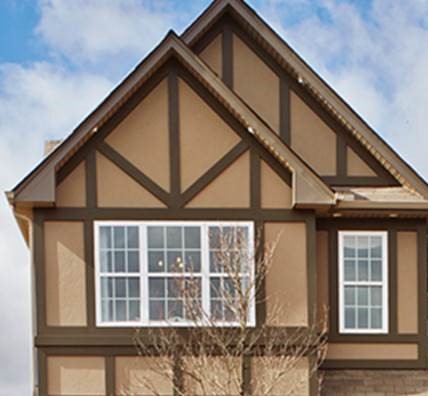
When selecting the paint palette, it’s important to weigh all design aspects of the home and pay attention to the other materials that you have chosen. Look at your fascia and window colors. If you have only chosen to use white windows, avoid using dark trim. Have you ever seen someone wearing black pants and white socks? Perhaps you are the next Michael Jackson and can pull it off, but it’s best not to subject your home to such a design faux pas…
Selecting colors is a daunting process. Unlike fashion wardrobe mishaps, when we mess up the house, it isn’t a quick change of clothes for redemption. Understanding what to avoid can spare you the headaches (and eyesores) of choosing the wrong colors!
Categorized in: Exterior Colors
This post was written by Housing Design Matters


